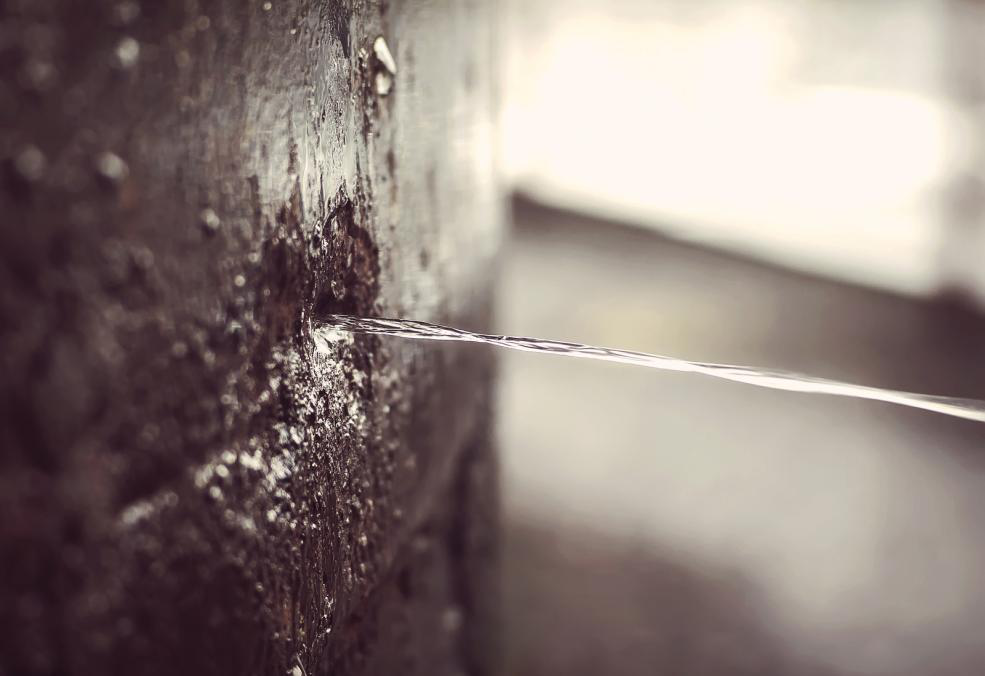What're your opinions regarding Top leak detection hacks?

Early discovery of leaking water lines can reduce a possible disaster. Some tiny water leaks might not be visible.
1. Analyze the Water Meter
Every house has a water meter. Examining it is a proven manner in which aids you uncover leaks. For beginners, shut off all the water resources. Make sure no person will certainly flush, utilize the faucet, shower, run the cleaning machine or dishwashing machine. From there, most likely to the meter and also watch if it will certainly change. Since nobody is using it, there ought to be no movements. That shows a fast-moving leakage if it relocates. Similarly, if you identify no changes, wait an hour or more as well as examine back again. This means you may have a slow leakage that might even be underground.
2. Check Water Usage
If you spot unexpected adjustments, in spite of your consumption being the same, it indicates that you have leakages in your plumbing system. A sudden spike in your expense indicates a fast-moving leakage.
On the other hand, a constant boost on a monthly basis, despite having the exact same habits, shows you have a slow leakage that's also slowly escalating. Call a plumber to completely inspect your home, especially if you feel a warm area on your flooring with piping below.
3. Do a Food Coloring Examination
When it concerns water usage, 30% originates from bathrooms. Test to see if they are running effectively. Decrease specks of food color in the container and wait 10 minutes. If the color somehow infiltrates your dish during that time without flushing, there's a leakage between the tank as well as bowl.
4. Asses Outside Lines
Don't forget to check your outside water lines too. Should water seep out of the connection, you have a loose rubber gasket. One tiny leak can throw away tons of water and surge your water bill.
5. Evaluate as well as Evaluate the Situation
Home owners ought to make it a habit to check under the sink counters as well as also inside closets for any bad odor or mold and mildew development. These two red flags show a leak so timely focus is required. Doing routine inspections, even bi-annually, can save you from a significant problem.
Inspect for stainings and also compromising as the majority of appliances and pipelines have a life expectancy. If you think leaking water lines in your plumbing system, do not wait for it to intensify.
Early discovery of dripping water lines can reduce a prospective disaster. Some tiny water leakages may not be visible. Checking it is a proven way that assists you discover leaks. One tiny leakage can lose heaps of water and also surge your water expense.
If you suspect leaking water lines in your plumbing system, do not wait for it to escalate.
The Dangers of Undetected Water Leaks
Mold
One of the most common results of undetected water leaks in your home is mold. Under the right conditions, mold can begin to grow and spread in just a day or two.
Moisture from water leaks combined with humidity and lack of ventilation allow mold spores to germinate and start spreading.
And while household mold doesn’t carry the same health risks as substances like asbestos, they can cause allergic reactions in people sensitive to them or with asthma.
Structural Damage
When water leaks occur in places we can’t see — above the ceiling, behind walls or beneath floors — they often have time to do some serious damage before making themselves known.
You might notice cracks or bubbles appear in your walls or a slow drip or water from the ceiling.
These are signs of water leaks and buildups in the structure of your home. If you don’t jump on these problems soon enough, the wood frame that supports your house could start rotting, leading to costly repairs and increasing the risk of disasters like ceiling or wall collapses.
Water Waste
According to the Alliance for Water Efficiency, the average home can lose anywhere from 2,000 to 20,000 gallons of water per year due to leaks.
High numbers like that might make you imagine a burst pipe spewing out water. But believe it or not, even a small, constant drip from a kitchen sink could add up to over a thousand gallons of wasted water in a single year.
And if you live in a place where you pay for every gallon of water you use, that adds up to a lot of dollars down the drain. So we understand leaks are bad. Let’s take a look at some of the common (and not-so- common) water leaks you might find around your home.
Flush Valve Flapper
The flush valve flapper is a rubber flap that sits above the flush valve at the bottom of the tank. It’s attached to the flusher with a chain. Over time, it can get worn out and lose its seal, causing an endless flow of water into the toilet bowl.
These leaks are hard to detect since they’re usually silent, but there’s a little insider trick you can use with just a little dye or food coloring:
Put a few drops in the toilet tank. Check the water in your toilet bowl 15 minutes later. If any of the color made it into the toilet bowl, you’ll know what the culprit is.
Fill Valve
The fill valve is what replenishes your toilet’s tank water after you flush. If you’ve ever looked inside your toilet tank and seen water gushing out of an upright plastic valve, that’s a faulty fill valve.
https://meetflo.com/blogs/flo/how-to-find-and-repair-water-leaks-a-comprehensive-guide

Do you appreciate reading about Detecting hidden plumbing leaks? Post a review below. We would be pleased to know your feelings about this blog posting. In hopes to see you back again later on. Liked our article? Please share it. Let somebody else locate it. Thanks for your time spent reading it.